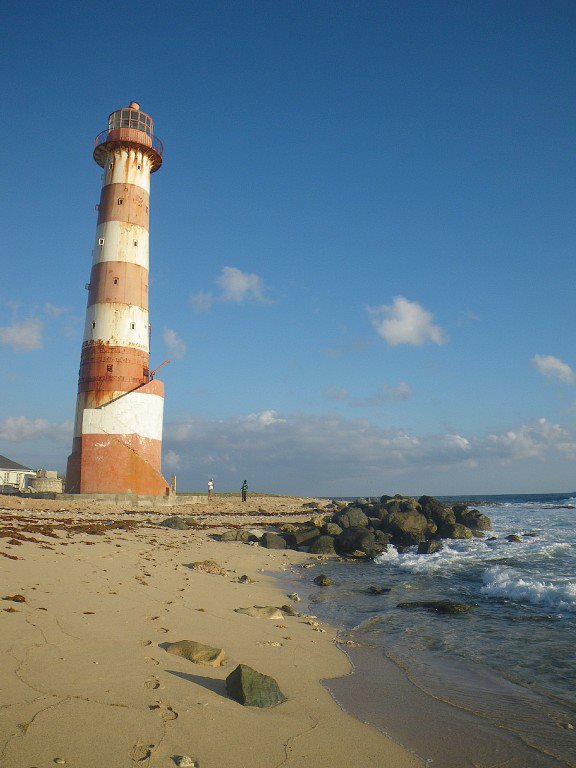
The Morant Point Lighthouse stands proudly as a sentinel on the easternmost tip of Jamaica, overlooking the vast expanse of the Caribbean Sea. Constructed in 1841, it represents not only a remarkable feat of engineering but also a poignant symbol of navigation and safety for seafarers. As the oldest lighthouse on the island and the first cast iron lighthouse built in the Western Hemisphere, its historical significance is matched only by its enduring functionality.
Perched atop a 100-foot-tall cast iron tower, the Morant Point Lighthouse boasts a commanding presence, with its distinctive red and white bands serving as a visual beacon for sailors navigating the treacherous waters off Jamaica's coast. Designed by Alexander Gordon and built by George Grove, this engineering marvel has weathered countless storms since its inception, standing as a testament to human ingenuity and resilience.
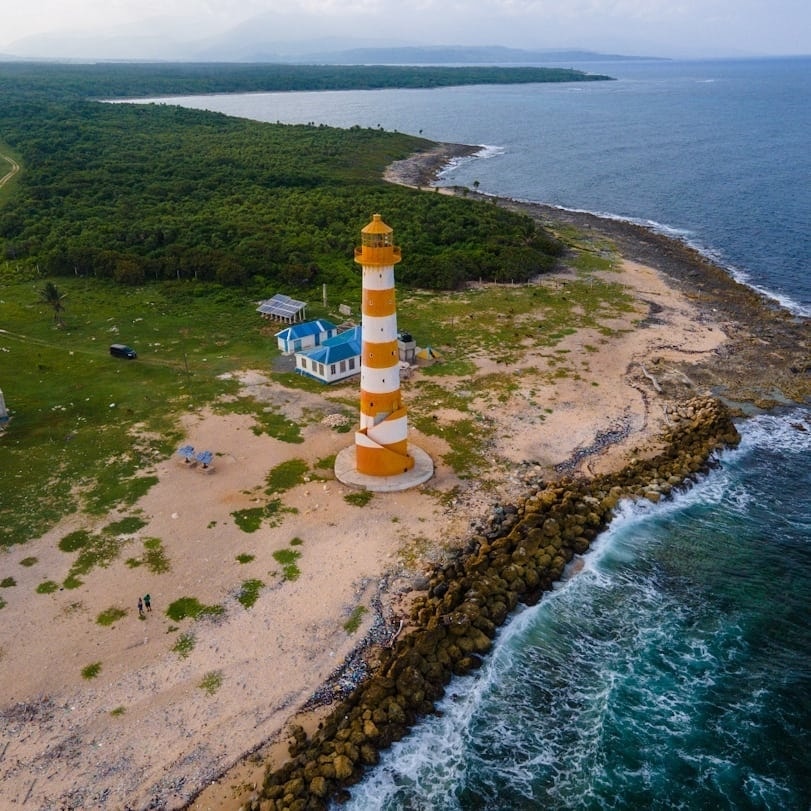
But the Morant Point Lighthouse is more than just a navigational aid; it is a link to Jamaica's rich history and heritage. Erected by Kru men from Africa, who were among the free Africans brought to Jamaica in the period following emancipation, the lighthouse bears witness to the contributions of these skilled laborers to the island's development. Their labor, along with the expertise of the designers and builders, culminated in the creation of a structure that continues to serve its purpose over a century and a half later.
To fully appreciate the significance of the Morant Point Lighthouse, one must understand the context in which it was built. Located in the eastern parish of St. Thomas, the lighthouse overlooks Morant Bay, a place steeped in history and significance for Jamaicans. It was here, in 1865, that one of Jamaica's National Heroes, Paul Bogle, led a protest that became known as the Morant Bay Rebellion.
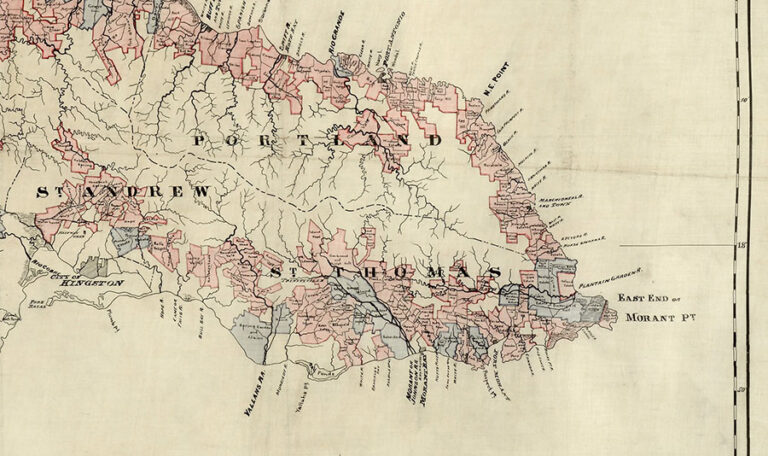
Paul Bogle was a Baptist deacon and activist who championed the rights of the oppressed and disenfranchised in Jamaica. In the aftermath of the abolition of slavery, many freed Africans faced continued oppression and economic hardship, leading to widespread discontent among the island's populace. Bogle, a fearless advocate for justice, organized a peaceful demonstration to demand better treatment and representation for the marginalized communities.
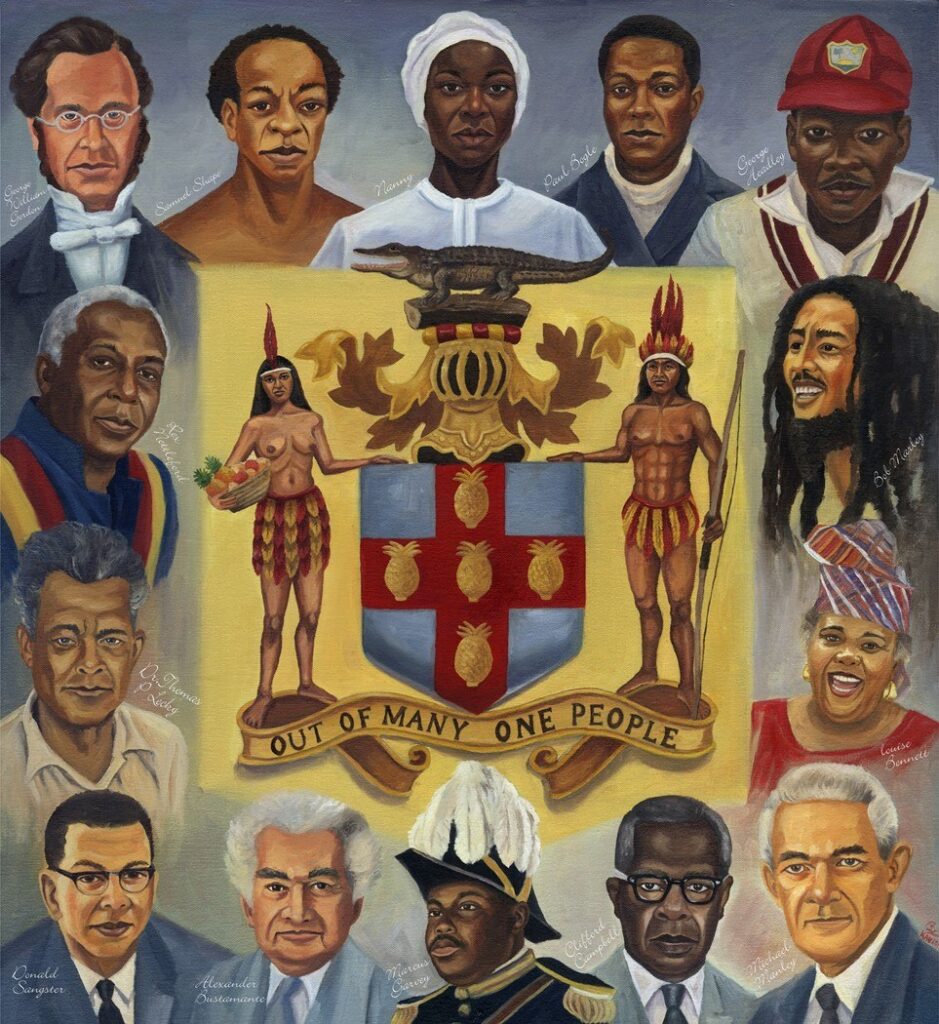
OUT OF MANY ONE PEOPLE: ARTWORK BY PAINTER KAVIONART
However, the peaceful protest quickly escalated into violence as authorities responded with brutal force, resulting in the deaths of hundreds of Jamaicans and the execution of Bogle himself. The Morant Bay Rebellion marked a turning point in Jamaica's history, sparking calls for social and political reform and ultimately contributing to the push for greater autonomy from British colonial rule.
Against this backdrop of struggle and resilience, the Morant Point Lighthouse stands as a beacon of hope and endurance, guiding ships safely through the turbulent waters and reminding us of the sacrifices made by those who fought for freedom and equality. It serves as a reminder of Jamaica's rich cultural heritage and the enduring spirit of its people, echoing the words of the island's national anthem: "Jamaica, land we love."
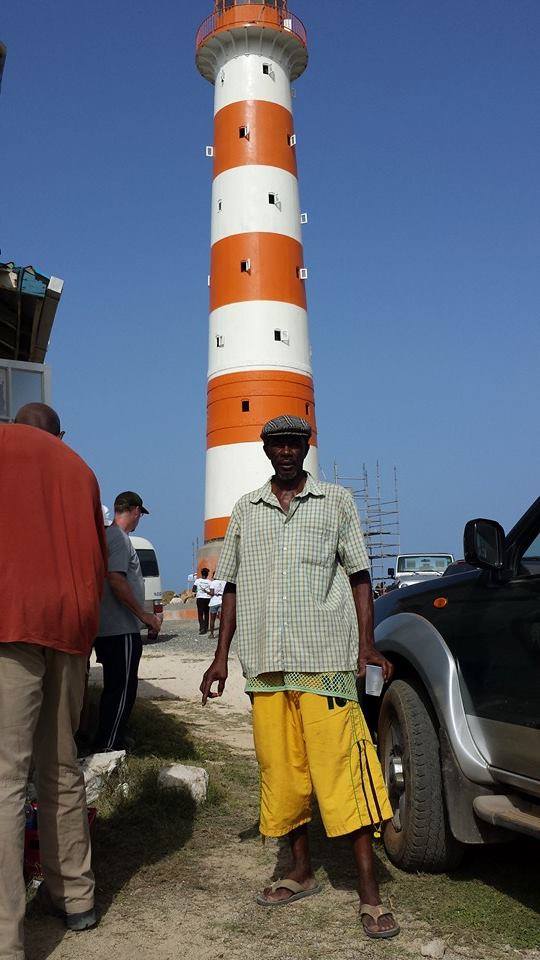
A Beacon of History
Imagine the scene: it's 1841, and the island of Jamaica is bustling with activity. Emancipation has brought forth a new era, and the need for maritime safety is paramount. Enter the Morant Point Lighthouse, a towering structure cast in iron and assembled with meticulous care. Built by the hands of Kru men, who themselves were among the free Africans brought to Jamaica, the lighthouse symbolizes the resilience and ingenuity of its creators.
Standing at 100 feet tall, with a diameter tapering from 5 feet at the base to 3 feet at the cap, the lighthouse is a marvel of engineering even by today's standards. Its red and white bands gleam against the backdrop of the Caribbean Sea, serving as a navigational aid and a testament to Jamaica's maritime heritage.

Journey to the Edge
Visiting the Morant Point Lighthouse is not merely a trip; it's an adventure steeped in history and natural beauty. Setting out from the Golden Grove sugar factory in Duckenfield, St. Thomas, one embarks on a journey through time and landscape.
As you traverse the rugged terrain, guided by the chimneys of the sugar factory and the whispers of the wind, the lighthouse beckons like a distant memory. The route, though not easily accessible, offers glimpses of Jamaica's rich past, from the Morant Bay Rebellion to the lush John Crow Mountains, a symbol of Maroon resistance.

A Towering View
Reaching the lighthouse is a triumph in itself, rewarded by sweeping views that stretch to the horizon. From the balcony atop the tower, one can behold the expanse of sugarcane fields, the silhouette of the Blue Mountain range, and the endless embrace of the Caribbean Sea. It's a moment of profound connection with the land and sea, a reminder of the beauty and resilience that define Jamaica.
As the keeper shares tales of the sea and land, inviting you to sign the visitor's book and offering insights into the surrounding landscape, you can't help but feel a sense of reverence for this historic monument. The wind-whipped beauty of the coastline, the solitude of the beaches, and the promise of great fishing all add to the allure of this hidden gem.
Preserving the Past, Guiding the Future
The Morant Point Lighthouse stands not only as a beacon of light but also as a beacon of hope for future generations. Maintained by the Port Authority of Jamaica, it serves as a reminder of the island's maritime legacy and its enduring spirit.
As we navigate the seas of progress and change, let us not forget the guiding lights of our past. From the skilled hands of the Kru men to the towering presence of the lighthouse itself, each element tells a story of resilience, ingenuity, and the enduring bond between land and sea.
So, the next time you find yourself on the shores of Jamaica, take a journey to the edge of history and stand in awe of the Morant Point Lighthouse, a testament to the enduring spirit of the island and its people.
